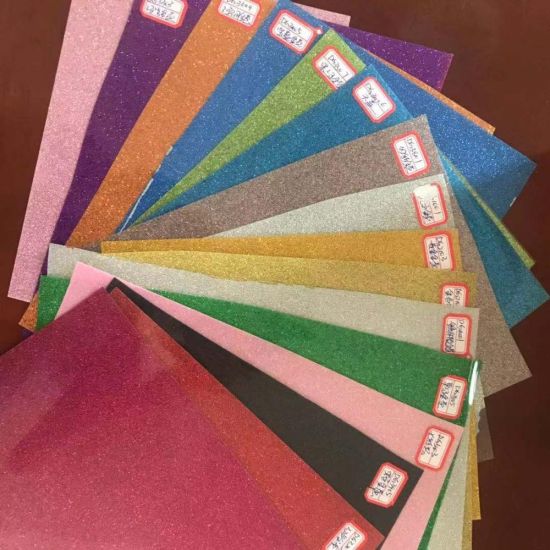WHAT’S THE DIFFERENCE BETWEEN SILK SCREEN PRINTING AND HEAT TRANSFER?
When you’re finding out a way to print a picture onto a garment or fabric product, you want a way that is efficient, cost-powerful and produces the usual end that your clients expect. Silk display printing and warmth switch are famous methods, however to pick out the maximum suitable technique, it’s vital to have a radical knowledge of both.
What is silk screen painting?
For decades, screen printing has been the preferred method for making printed garments, but it can also be effectively used on wood, paper, glass and ceramics. During the
printing process, a stencil is formed on the fine mesh screen and the ink is extruded into the material to create the impression of the underlying image. Different colours have different screens and are gradually assembled until the final design appears. The final product is dried using special equipment to cure the ink and ensure a smooth, discolouring resistant surface.
Advantages of silk screen painting
Screen printing has several advantages over heat transfer.
Screen printing is more cost effective when printing more than 100 garments. In fact, this is one of the most economical printing solutions available. Therefore, screen printing is a viable choice when lowering manufacturing costs is a priority for increasing profitability.
- Screen-printed colors are very vibrant, especially when clothing and accessories are intended for outdoor use or when the background is dark.
- The color also has excellent sustainability with little fading over time. While screen-printed garments have a lightweight and soft feel, heat transfer can have a plastic feel, which can be offensive to some consumers.
- Screen printing allows you to integrate additional effects into printing. B. Glitter or puff ink to create a more eye-catching look
What is heat transfer painting?
Thermal transfer printing creates an image on a wax-based heating ribbon. This image is pressed against the material and heated, melting the ink and transferring it to the underlying surface. The image can be inked before it is applied to the ribbon. Alternatively, you can apply color to the material with four different ribbons (yellow, cyan, magenta, and black). Images printed using the heat transfer process are durable, heat resistant and water resistant, and sticky. This process can be used not only for fabrics, but also for hard materials such as acrylics and ceramics.
Advantages of heat transfer painting
- Heat transfer is less labor intensive and the process is relatively fast, making it ideal for low cost small lots. For very short periods of time, including custom garments that only need to be printed once according to customer requirements, heat transfer is the most efficient and economical option.
- Bags that print images on unusually shaped objects such as the following are often easier with heat transfer techniques, placing and holding items where printing can be cumbersome: A special palette is available for you
- . Printing these items using the screen printing process is logistically demanding.

